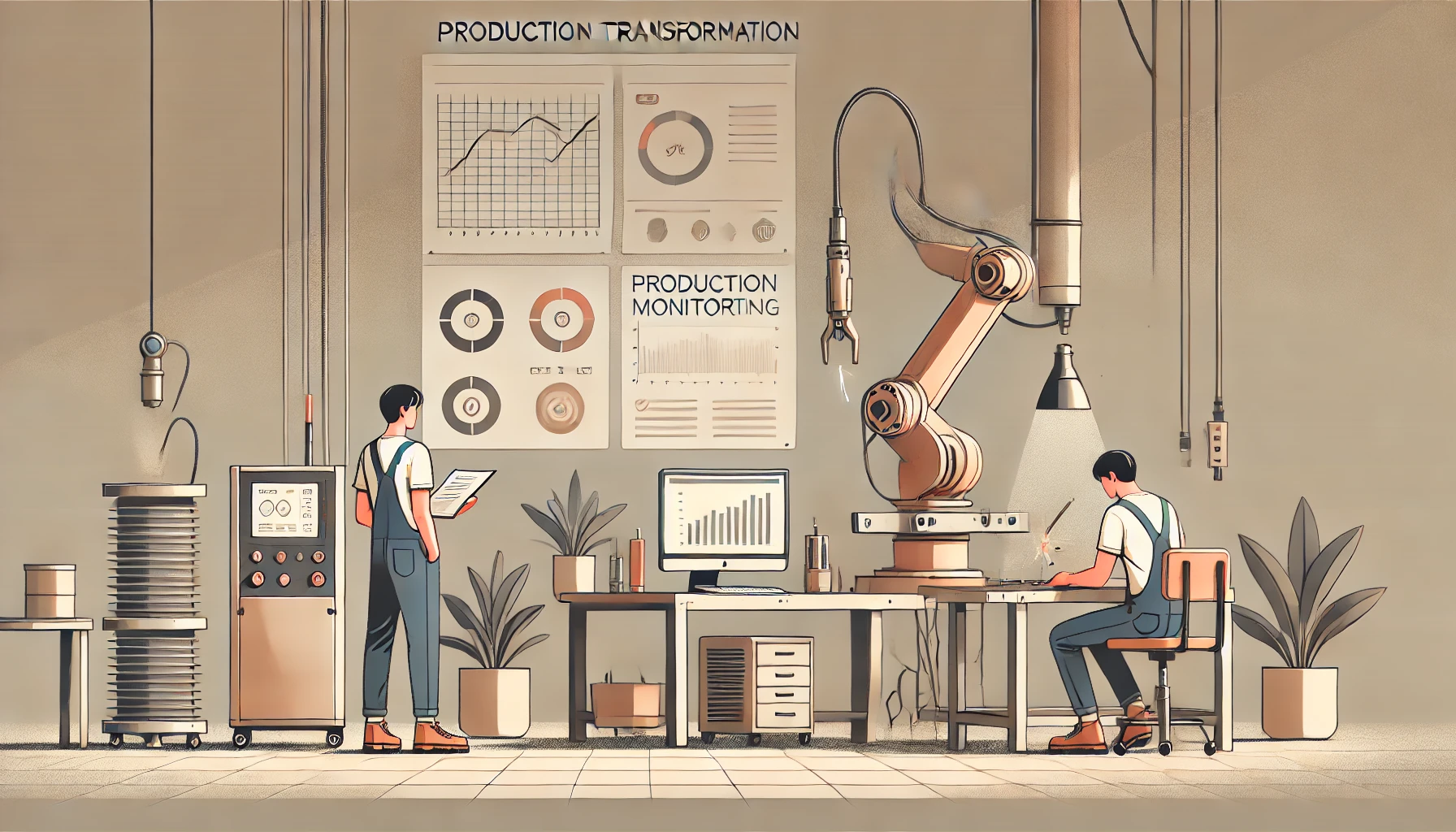In today’s competitive manufacturing landscape, fabrication shops are increasingly turning to digital solutions to maintain their edge. As both a fabricator and a technology enthusiast, I’ve been exploring how digital transformation can revolutionize operations on the shop floor. This article shares some perspectives on where the industry is heading and how forward-thinking shops are preparing for a more connected future.
The Evolving Fabrication Landscape
The fabrication industry has always been built on expertise and craftsmanship. However, shops that combine this traditional knowledge with modern digital tools are pulling ahead. From automated quoting to real-time production monitoring, technology is reshaping how successful fabrication businesses operate.
The challenge many shops face isn’t whether to digitize, but how to do so effectively while maintaining daily operations. Off-the-shelf solutions often don’t quite fit the unique workflows of fabrication environments, leaving many shops caught between inadequate tools and expensive custom development.
Key Areas of Digital Transformation
Smart Quoting and Estimating
Accurate quoting remains one of the biggest challenges in fabrication. Traditional methods rely heavily on estimator experience, which creates inconsistency and risk. Digital quoting tools are changing this by:
- Incorporating historical job data to refine estimates
- Analyzing material utilization more precisely
- Standardizing margin calculations across different job types
- Reducing response time to customer inquiries
Shops implementing smart quoting systems report not only increased quote accuracy but also higher quote-to-job conversion rates—a critical metric for business growth.
Connected Shop Floor
The traditional shop floor operates largely on tribal knowledge and paper-based systems. This creates information silos and makes real-time decision-making difficult. A connected shop floor leverages:
- Machine monitoring systems that provide real-time production data
- Digital job travelers that update status automatically
- Performance dashboards visible throughout the facility
- Automated alerts for bottlenecks or issues
These connected systems create visibility that enables proactive rather than reactive management, reducing downtime and improving throughput.
Purpose-Built Shop Management
While generic ERP systems offer broad functionality, purpose-built solutions designed specifically for fabrication environments are gaining traction. These systems understand the unique requirements of fabrication workflows, including:
- Material tracking from receiving to finished goods
- Nesting optimization and remnant management
- Equipment scheduling that accounts for setup time reductions
- Quality control processes specific to fabrication
The right system creates a digital backbone that connects every aspect of the operation, from quote to invoice.
Knowledge Capture and Transfer
Perhaps the most valuable asset in any fabrication shop is the knowledge of its experienced team members. Digital transformation is creating new ways to capture and preserve this institutional knowledge through:
- Digital work instructions with visual guides
- Standardized process documentation
- Training systems that accelerate skill development
- Documentation tools that make knowledge sharing easier
Smart shops are finding ways to systematize knowledge while still respecting the expertise of their team members.
The Practical Approach to Transformation
Digital transformation doesn’t happen overnight. The most successful implementations follow these principles:
- Start with pain points: Focus first on areas where inefficiency is most costly
- Prove concepts quickly: Test solutions in controlled environments before full deployment
- Build on success: Use momentum from early wins to drive broader adoption
- Involve the team: Ensure those who will use the systems have input in their development
- Measure results: Define clear metrics to validate the impact of each implementation
Looking Ahead
The fabrication shops that will thrive in the coming years are those embracing digital transformation today. As technology continues to evolve, we’ll see increasing integration between design, production, and business systems, creating seamless workflows that were once unimaginable.
As our shop continues exploring these frontiers, we’re excited to share insights from our journey. Stay tuned for future updates as we implement new technologies and discover what truly works on the shop floor.
This article is part of our ongoing series on innovation in fabrication. Subscribe to our newsletter for future insights and updates on emerging technologies in the fabrication industry.
